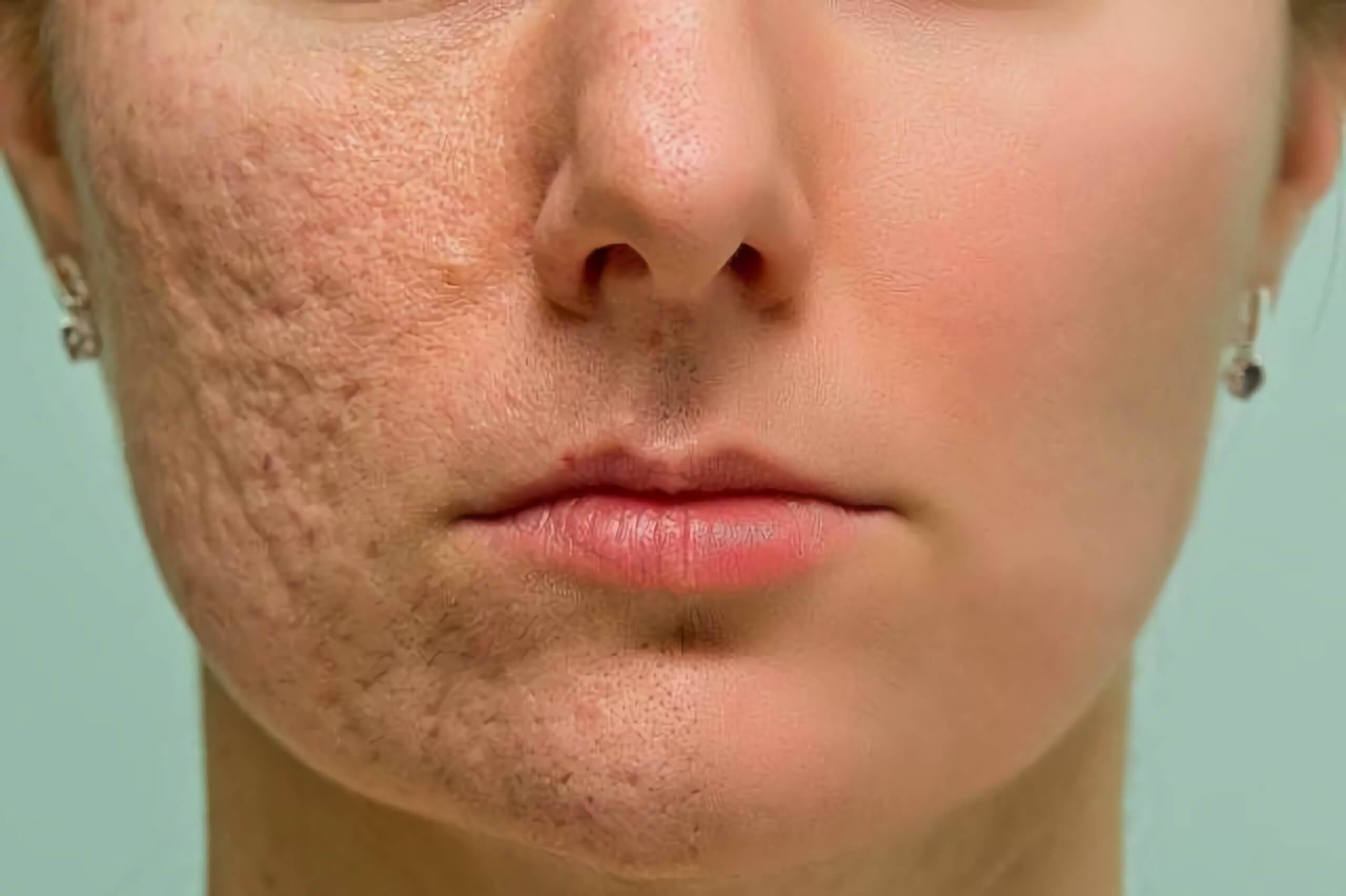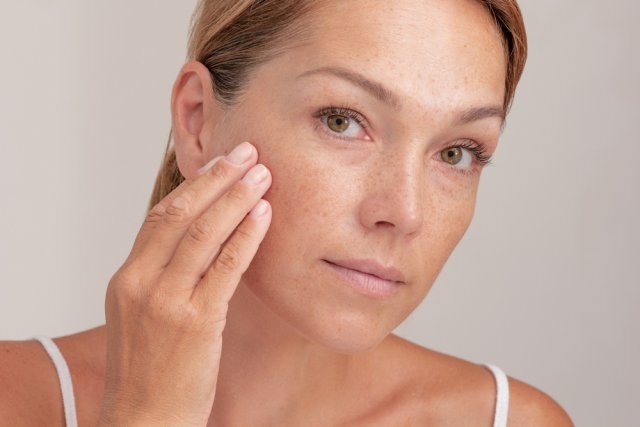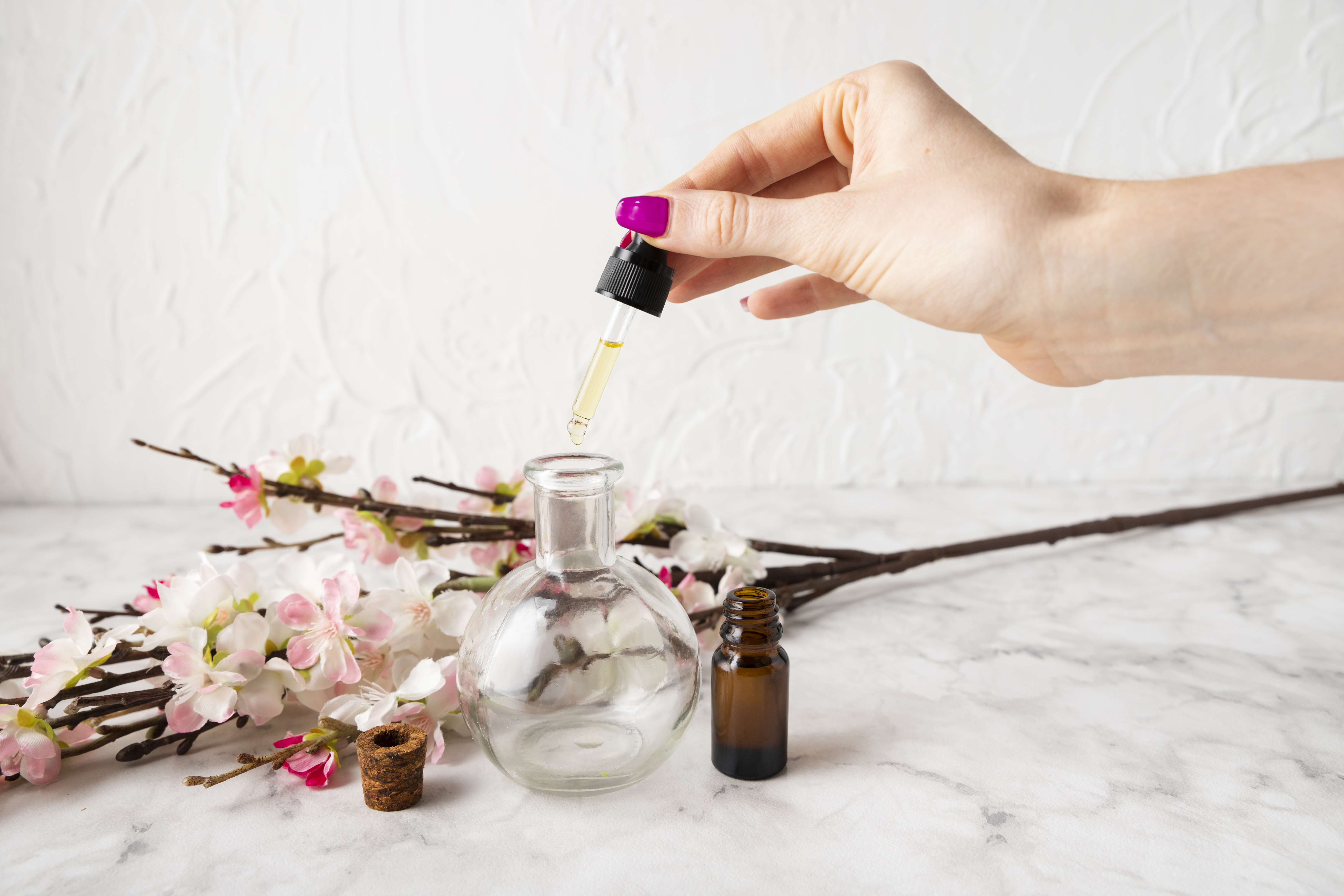Can Chemical Peels Effectively Treat Hyperpigmentation in Indian Skin?
Hyperpigmentation is a common skin concern in Indian skin types (Fitzpatrick IV–VI), manifesting as uneven skin tone, dark patches, or spots. Whether due to sun exposure, inflammation, or hormonal factors, it can significantly impact one’s confidence and complexion. A popular and dermatologist-approved solution for managing this is chemical peels. But how safe and effective are they for Indian skin?
This article explores the structure of the skin, causes of hyperpigmentation, and how chemical peels work as a targeted treatment especially for melanin-rich skin tones.
Understanding Indian Skin and What Gives It Colour
The skin comprises two primary layers:
Epidermis (upper layer)
Dermis (lower layer)
At the base of the epidermis lies the basal layer, where melanocytes produce melanin—the pigment responsible for skin color. Indian skin typically contains more active melanin, which provides natural protection but also makes it more prone to hyperpigmentation, especially after inflammation or sun exposure.
What Causes Hyperpigmentation?
Hyperpigmentation results from increased melanin production or accumulation in the epidermis or dermis. Common triggers include:
Melasma: Hormonal pigmentation, worsens with sun exposure.
Periorbital Melanosis: Hereditary or caused by stress, lack of sleep, or eye strain.
Freckles and Lentigenes: Genetic dark spots.
Photomelanosis: Sun-induced patchy pigmentation on face, neck, or back.
Tanning/Sunburn: More common in fairer Indian skin tones.
Post-Inflammatory Hyperpigmentation (PIH): Follows acne, eczema, or injury.
Drug or Cosmetic-Induced Pigmentation
Systemic Conditions: Addison’s disease, pregnancy, liver disorders.
Note: Epidermal pigmentation responds faster to treatment compared to dermal pigmentation.
How Is Hyperpigmentation Treated?
Suggested image: Dermatologist applying peel or a topical cream on a patient
Treating hyperpigmentation begins with identifying the underlying cause. Common treatment modalities include:
Topical Creams (e.g., hydroquinone, retinoids, vitamin C)
Chemical Peels
Laser Treatments
Sun Protection: Essential to prevent further damage. Use broad-spectrum SPF 30+ daily.
What Are Chemical Peels?
Suggested image: Illustration of chemical peel process on facial skin
Chemical peels are non-invasive dermatological treatments where a controlled chemical solution is applied to the skin. This induces exfoliation and skin regeneration, targeting:
Dead skin cells
Excess melanin
Uneven skin tone
The procedure takes just 15–20 minutes and is usually done every 2–3 weeks depending on the type of peel and the skin’s response.
Are Chemical Peels Safe for Indian Skin?
Yes when performed by an experienced dermatologist, chemical peels are safe and effective for Indian skin. However, choosing the right peel type and strength is critical to avoid complications like post-inflammatory hyperpigmentation or scarring.
Most Effective Chemical Peels for Indian Skin
1. Glycolic Acid Peel
Derived from sugarcane
Exfoliates surface pigmentation
Good for melasma and dull skin
Ideal for beginners
2. Salicylic Acid Peel
Oil-soluble
Penetrates deep into pores
Perfect for acne-prone pigmented skin
3. Jessner’s Peel
Combination of lactic, salicylic acid & resorcinol
Suitable for melasma and age spots
4. TCA (Trichloroacetic Acid) Peel
Medium-depth peel
Effective for stubborn pigmentation
Must be done cautiously in darker skin tones
Advanced Combination Peels for Superior Results
✅ Nomelan Fenol Peel
Includes phenol, TCA, retinoic acid, phytic acid, glycolic, salicylic, mandelic acid
Treats melasma, post-inflammatory pigmentation, dull skin
Recommended: 3–5 sessions, spaced 3 weeks apart
Safe for dark skin (no more than 2 layers per session)
✅ Arginine + Lactic Acid Peel
Targets dark circles (Periorbital Melanosis)
Arginine (from brown sugar) is anti-inflammatory
Lactic acid hydrates and balances skin pH
6–8 sessions biweekly offer visible results
✅ Retinol Peel (Retises CT Peel)
Blend of retinol, retinaldehyde, lactic acid, and vitamin C
Ideal for photoaging, pigmentation, and uneven texture
Boosts collagen and speeds up cell renewal
Why Use Combination Peels?
Combination peels are designed to:
Maximize effectiveness by targeting different layers of skin
Minimize irritation
Provide multiple benefits like brightening, anti-aging, and hydration
They work synergistically and are customizable for various skin issues, especially in pigmented and sensitive skin types.
What Are the Side Effects and Risks?
When performed professionally, chemical peels are low risk. However, possible side effects include:
Redness or stinging during application
Temporary flaking or peeling
Rare: post-inflammatory hyperpigmentation or scarring (if improperly done or sun-exposed post-treatment)
Post-procedure care is crucial avoid sun, use SPF, and follow your dermatologist’s aftercare plan.
Final Thoughts: Are Chemical Peels Right for You?
If you're struggling with melasma, acne marks, tanning, or uneven skin tone, chemical peels can offer noticeable improvements especially when combined with proper skincare and sun protection. Indian skin can benefit tremendously from tailored chemical peels, provided they’re administered under expert guidance.Book a consultation with Dr. Purnima Mhatre today to discuss the best chemical peel for your skin type and pigmentation concerns. Your journey to radiant skin starts with expert care and personalized treatment.




